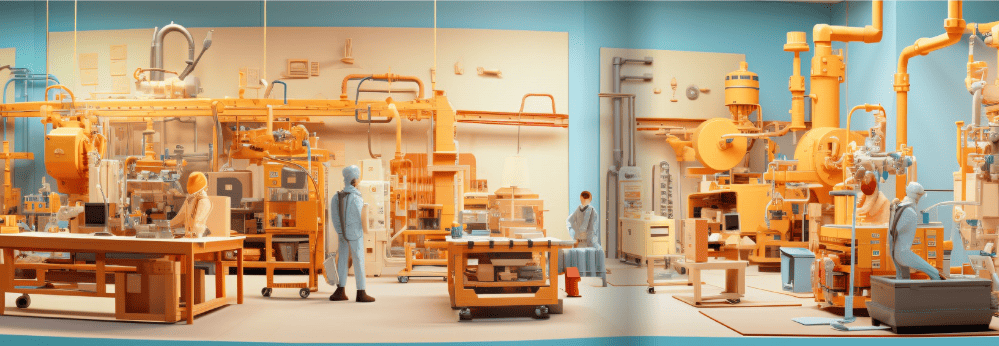
Anyone who can blow out eighty candles has reached a respectable age. But if we look at the fast pace at which the medical world is moving forward, our lifespan could well be jacked up considerably further in the coming years. For example, to an age of 150 years. That will radically reshape our society. In this column, we fantasize about how exactly.
We make an average of about eighty revolutions around the sun in our lifetime. A remarkable increase compared to a century ago. Back then, the average life expectancy was around 44 years. We owe the extension of our lives in large part to continuing advances in medical science, with breakthroughs such as vaccinations, antibiotics and advanced surgical techniques. And the trend appears to be continuing.
What would the world look like if people lived twice as long? How will society change if it is the most normal thing in the world to reach an age of 150?

Medical breakthroughs
Forget the wrinkle creams and miracle pills that are currently making the rounds; in our scenario, there are real breakthrough medical innovations that keep our bodies – not just on the outside – looking their best. To make it concrete: In 2024, there were about five hundred companies operating in the medtech market in the Netherlands. By 2080, that number will have risen to five thousand. Among other things, scientists have succeeded in significantly slowing cellular aging, so that diseases often associated with old age, such as dementia and heart disease, do not appear until much later in life. And it can all be done with a simple pill, reimbursed by health insurance, that we take in the morning with breakfast. It has become a “routine thing,” just like brushing your teeth.
By the way, science has also developed ways to strengthen the immune system, making the body more resistant to infection and disease. For example, we have all become accustomed to the annual vaccination, with which the once-famous flu and colds are now a thing of the past.
Economic implications
The economic implications of a world in which people live twice as long are significant. First, major changes are taking place in the labor market. The retirement age has been raised to 110. Admittedly, it feels incredibly strange to imagine a scenario in which Ria, 100 years old, is still fanatically behind the cash register scanning customers’ groceries at the supermarket. But don’t worry about Ria. She is brimming with energy and her body is comparable to that of a sixty-year-old now. A workforce the Albert Heijn can enjoy for a long time to come.

And there are more economic implications. People not only have more time to live, but also to save. Imagine twice as much time to set aside money for that world trip, dream house or extravagant hobby. Doesn’t sound wrong to me. A big plus is that over time, the rich invest even more capital in promising companies, ensuring hefty growth and innovation.
Those who roam the globe for a long time not only save money, but also gain a lot of experience. Companies make grateful use of this. Take for example Jan, a 103-year-old software developer at Google, who has over eighty years of experience in the IT sector. His in-depth knowledge of programming languages and his wealth of experience enable him to solve complex problems. As a mentor to younger colleagues, Jan is a true source of inspiration.
Attention to tomorrow’s world
If everyone is getting older, it will naturally have an impact on the earth. It remains to be seen whether our planet can cope, for example, when it comes to food supply. On the other hand: with a longer lifespan, people also increasingly realize that they are paying for the choices they make with their own lives. After all, they themselves experience the consequences of climate change, pollution and depletion of natural resources. Consequently, for the vast majority of people, creating a livable world is high on their list of priorities. This leads to a greater emphasis on sustainable projects and initiatives, such as investments in renewable energy sources. The Netherlands, for example, with the rise in life expectancy, is seeing a parallel increase in offshore wind projects.
3D printed cakes?
On a somewhat less serious note, let’s not forget the innovations in baking. After all, it seems to me, the traditional cake mold must be modified considerably to accommodate 150 candles. Can we expect intricate, 3D printed cakes four stories high in the future? I’m not saying no! But for now, I will leave the cake and enjoy my apple, hoping that I, too, will reach a ripe old age.








